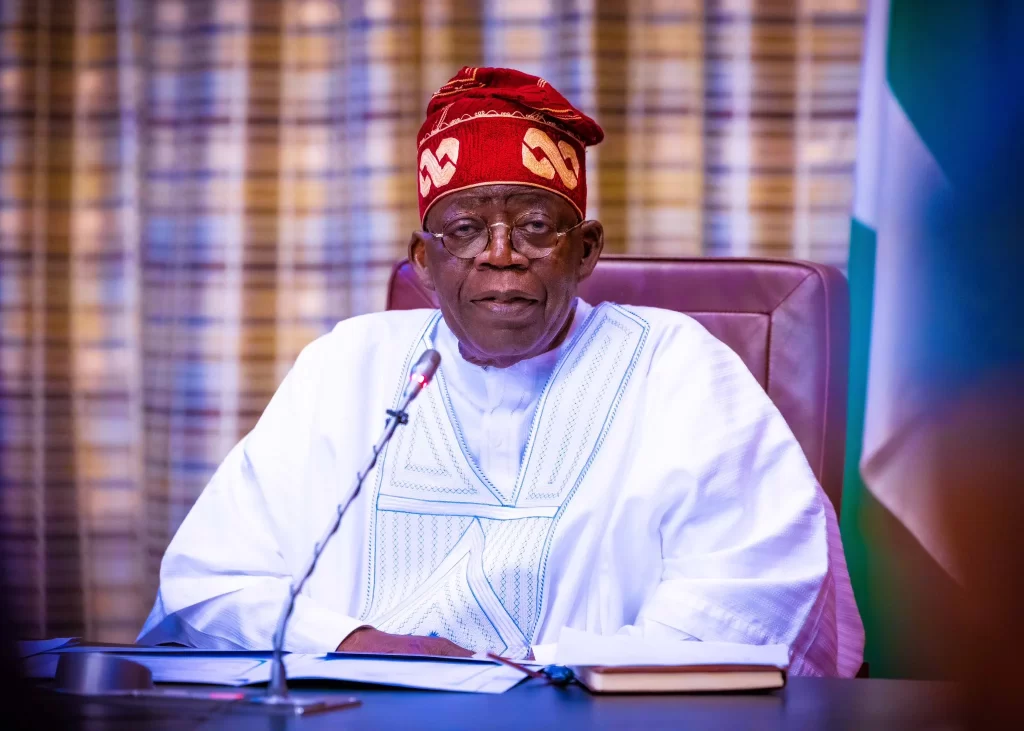
A group of financial analysts and economists have voiced their concerns to President Bola Ahmed Tinubu regarding the recent 3.19 percent increase in Nigeria’s Gross Domestic Product (GDP) during the second quarter of 2024. They argue that this growth does not accurately reflect the overall living conditions of the country’s citizens.
Despite the National Bureau of Statistics’ report indicating this steady GDP growth, experts point out that the living standards of Nigerians have not seen a similar improvement. The services sector was highlighted as the driving force behind the economy’s consecutive growth, bringing the GDP rate up from the previous quarter. However, observers note that the impact on the populace remains limited.
Notably, while the non-oil sector continues to dominate the GDP contributions, concerns persist over the disparity between economic growth and its trickle-down benefits to the common man. The recent slowdown in inflation figures, though a positive development, has not translated into tangible relief for everyday consumers.
Leading economist Prof. Segun Ajibola emphasized the necessity for a synchronized approach between macroeconomic indicators like GDP and micro-level factors such as household income for meaningful change to be felt across all sections of society. He stressed the importance of a comprehensive growth strategy spanning agriculture, manufacturing, and the services sector to foster sustainable development.
Similarly, financial analyst Gbolade Idakolo cautioned that the GDP figures alone do not reflect the true state of the economy, citing challenges faced by businesses and the worsening economic environment. He called for urgent policy interventions to revive key sectors like manufacturing and SMEs, urging the government to take swift action to stimulate economic growth and productivity.
Meanwhile, Prof. Godwin Oyedokun highlighted the need for a nuanced analysis of regional variations in economic growth and sector-specific data to assess the sustainability of industrial sector growth. By closely evaluating these factors, a clearer understanding of the economic landscape can be gained, guiding policymakers towards more effective strategies.
